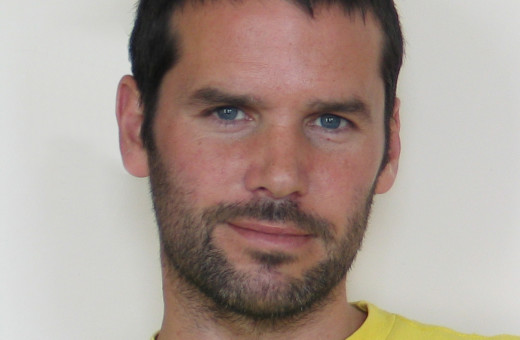1 My opinion on this changes daily. A few years ago, I wrote my own definition that describes the practice of extrapolating emerging technologies into hypothetical future products but now I find this limiting as it focuses too much on futures. Currently, I view speculative design as a counter to normative design and its role in the world – a form of design that can operate free from the constraints imposed on market-based models – constraints of economics, aesthetics, technology, politics, ethics and history. Relaxing or removing these constraints allows the designer to imagine new and alternative possibilities and to challenge established systems and roles.
At this time there are three basic themes: (i) Arrange emerging (not yet available) technological “elements” to hypothesise future products and artefacts, or (ii) Apply alternative plans, motivations, or ideologies to those currently driving technological development in order to facilitate new arrangements of existing elements, and (iii) Develop new perspectives on big systems. With the purpose of: (i) Asking “what is a better future (or present)?” (ii) Generating a better understanding of the potential implications of a specific (disruptive) technology in various contexts and on multiple scales – with a particular focus on everyday life. (iii) Moving design “upstream” – to not simply package technology at the end of the technological journey but to impact and influence that journey from its genesis.
2 Contemporary design is a fundamental part of a postmodern socioeconomic system, inextricably linked to entrenched notions of progress, the manipulation of desire and conspicuous consumption. The assumption is that progress leads to a better life, dogma that has been preached by both governments and corporations since the industrial revolution. The notion of better was straightforward when technology solved simple problems but things are becoming increasingly complicated as automation creeps inexorably into the most subtle and sensitive aspects of human life.
The incessant demand (by politicians and shareholders) for growth has led to a situation where technological development is rarely questioned and mainstream design exists within this mechanism. Speculative design, by existing outside of the system, can question the role and responsibility of design and act as a counter to these problematic ways of being. It can understand the implications of a particular technology, embrace the complexities of cultural, societal, technological and natural systems and how these interweave, overlap and contradict. Once these systems are better understood they can be challenged or optimised.
The key challenge for speculative design is to find more comprehensive ways of moving beyond the gallery or changing how the gallery operates. It needs to become more serious.
3 As a young design student in the 90s I was proud to be practicing in my chosen discipline and happily set about learning how to develop new products that people might want to own. But looking back I realise that my education (and the majority of other designers’) desperately lacked any critical or philosophical foundation.
Myths taught at design school: (i) Design is good, (ii) Design makes people’s lives better, (iii) Design solves problems.
Of course, design can be and do all of these things but it has become so intrinsically linked to the complex systems of commerce and innovation that it has essentially been reduced to a novelty machine. Optimism is endemic, meaning that it is unnatural for designers to think about the implications of their (technological) products: technology is good; products are good; and the future (through technological products) will therefore also be good!
Once these myths are exposed, a new form of design becomes possible – more responsible, more intellectual and more creative. A design that embraces complexity, understands its history and essentially asks a lot of questions.
